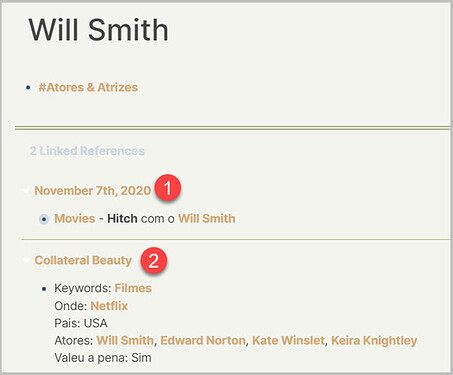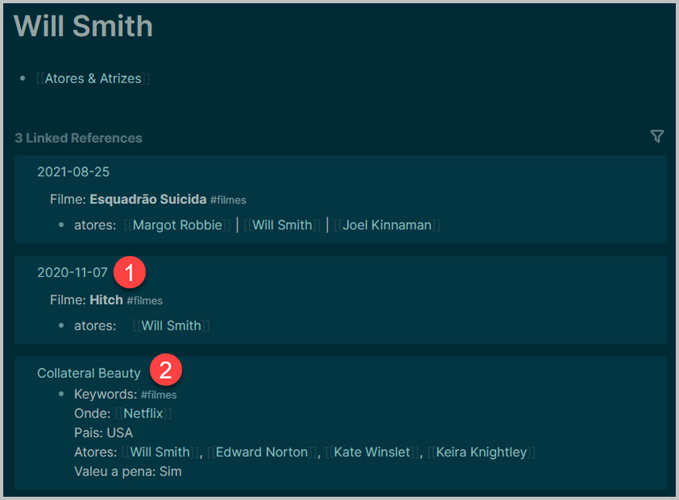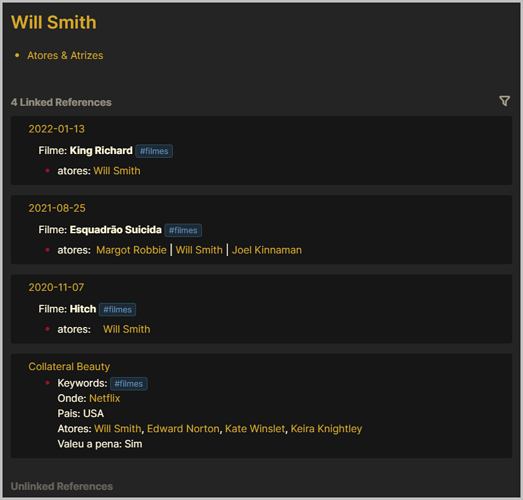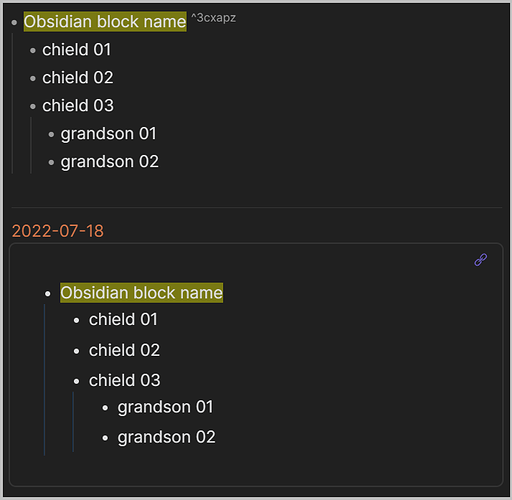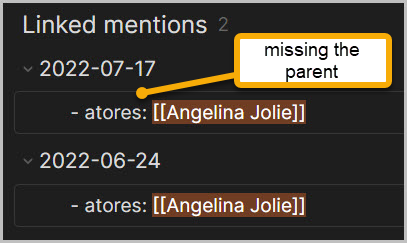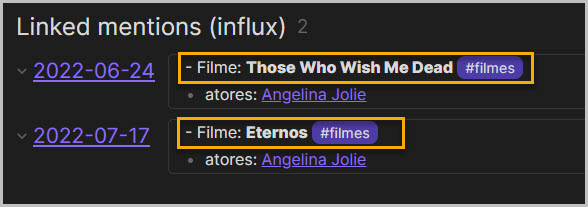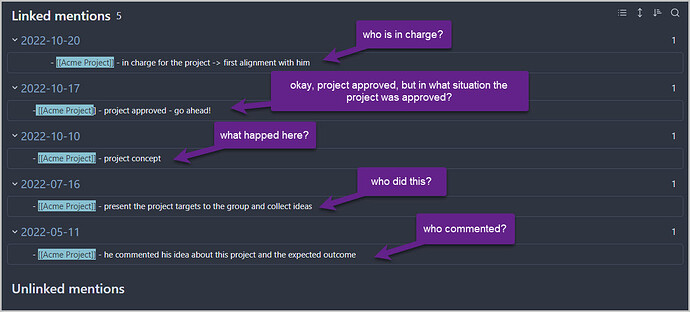Anything that has achieved great expression has the potential to become something that requires a choice between two paths, becoming something almost religious.
Roam Research has the power to do something better. Still, suddenly, Obsidian, who could have the same capability, decides not to (here, first, I mentioned Logseq and then the Influx plugin).
Most of the people who contribute to this group are already “set” to "what the Obsidian community accepts and end up not adding anything relevant.
It is a shame that Obsidian, who can work very close to Roam, decided not to, and, oddly enough, all the followers just support the decision.
Shame on you supporters…
there is an elephant in the room but all the followers, like in a religion, just decide not to see it.
let’s go simple. let’s respect the work of others. And just implement what is best for the users.
at first I heard that it was a limitation of the text-oriented model and that Roam’s structure was born different. And then Logseq appeared, which accessing the same Obsidian database managed to bring the results like Roam. And then came the “influx” plug in which clearly demonstrated that Obsidian had the ability to return the same information as Roam Research.
But here comes fanaticism, blindness, something that religion defines as basic, and then everyone, from developers to supporters, is ok with that.
Here is the start of the END… if Obsidian doesn’t change it mind, it will die.
this STUBBORNNESS I just can’t understand.



